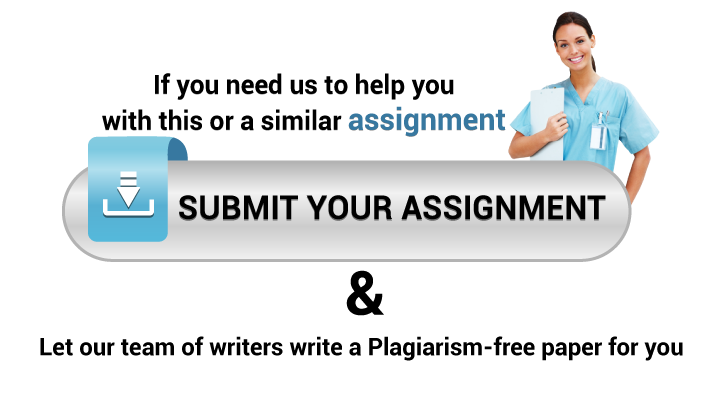
Association for Supervision & Curriculum Development
Brain-compatible learning consists of matching instruction to how the brain learns best. It encompasses a theory of learning, brings science into the classroom and teaches students how their brain learns most optimally. Brain-compatible learning is a series of strategies, ideas, concepts, and application of material that helps build neural networks, sensory activation, attention, memory, and excitement in the classroom. It takes experience and understanding of these concepts for professionals to properly and passionately apply these ideas in and out of the classroom. For this assignment:
- Review the materials in your books (specifically Brain Matters, Part IV) and the various articles and websites presented below. You will be modifying an existing lesson plan to make it more brain-compatible and more related to your specific line of work. The modification should engage students through emotional appeal, meaningful projects, simulations, and the use of visual and auditory senses to enhance learning. Activities should be selected for a specific grade level and the learning objective should be clearly explained.
- Choose an existing lesson/activity from the following websites:
- Discovery Education. (n.d.). Lesson plan library (Links to an external site.)Links to an external site.. Retrieved from http://www.discoveryeducation.com/teachers/free-lesson-plan
- Scholastic. (n.d.). Lesson plans (Links to an external site.)Links to an external site.. Retrieved from http://www.scholastic.com/teachers/lesson-plans/free-lesson-plans
- Teachers.net. (n.d.). Free lesson plans. Retrieved from http://teachers.net/lessons
- Now work on the scenario below. The following articles will assist you in this assignment, as they provide information on brain-compatible strategies:
- Brain-based learning strategies: Get students’ attention with a radish (Links to an external site.)Links to an external site.
- Brain-based learning strategies (Links to an external site.)Links to an external site.
- 12 Design principles based on brain-based learning research (Links to an external site.)Links to an external site.
Scenario 1: You are a new teacher at a public elementary school and are excited to put your knowledge of neuroscience and brain-compatible strategies into your lesson planning. Instead of reinventing the wheel, choose an age appropriate lesson plan and modify it to become more brain-compatible. Your lesson should be approximately one- to- two pages and should utilize the following format:
-
- Grade Level
- Lesson Objective
- Suggested Time
- Resources
- Materials
- Lesson
- Modifications/accommodations for children with special needs
In addition to writing a lesson plan, include one-to-two page discussion in which you will explain the specific modifications you made to your lesson plan/activity to make it brain-compatible. Explain how you will meet the needs of diverse learners (children with special needs).
Finally, post both the original lesson plan and your modified version of the lesson plan/activity for your peers to review. When modifying the lesson plan/activity, if using MS Word, use the Track Changes feature to show what material you have changed. (See the How-to video on Track Changes (Links to an external site.)Links to an external site. for help using this feature).If you use a word processor other than MS Word, highlight the changes you have made by using the highlighter function in your word processor or use a different color ink.
References: Wolfe, P. (2010). Brain matters: Translating research into classroom practice. (2nd ed.). Alexandria,VA: Association for Supervision & Curriculum Development.
Fischer , K. W., Immordino-Yang, M. H., & , (2008). The Jossey-Bass reader on the brain and learning. (1st ed.). San Francisco, CA: Jossey-Bass.



